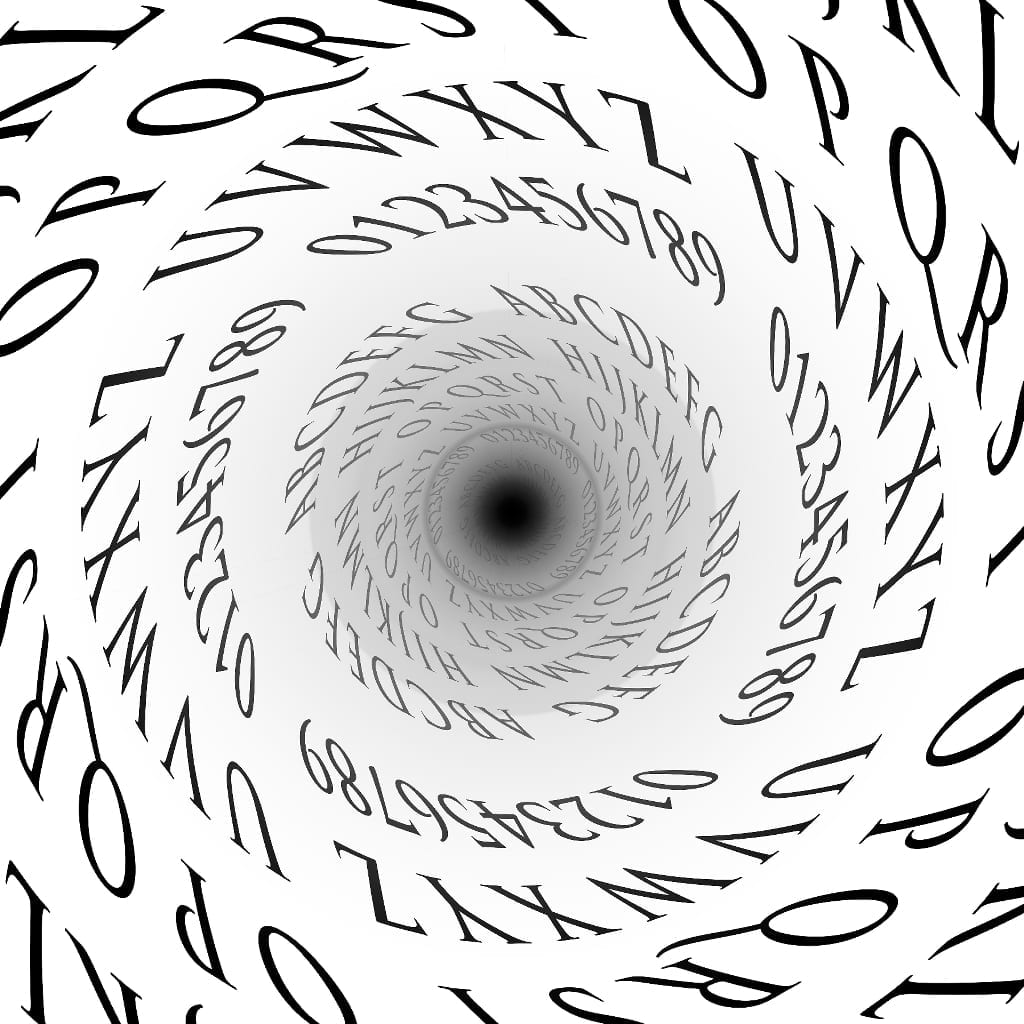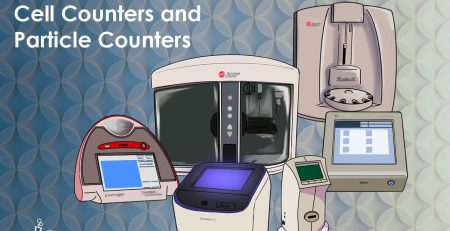Scientists Believe They’ve Found the Cause of Dyslexia
Researchers from the University of Rennes believe they have found the cause of dyslexia, a surprisingly common, yet very misunderstood learning difficulty that effects approximately 5-10% of the global population, IFLScience.com reported.
According to a report published in the Proceedings of the Royal Society B, “strange patterns of light receptors in the eyes may be the primary cause of the condition.” More specifically, the team was able to identify that the cells that absorb incoming light, the cone cells, “within the eyes are arranged differently in people diagnosed with dyslexia.” In people without dyslexia, these cells are asymmetric – meaning one eye features one pattern, and the other features a different pattern. Those with dyslexia exhibit symmetric arrangements in their eyes. “This leads to identical absorption patterns, which the brain sees as ‘mirror’ images.” Because there is no dominant eye, dyslexic people see “b” and “d” or “3” and “E” as the same, and their brains are unable to “distinguish between mirrored shapes.”
While additional research needs to be conducted in this arena, this news is “nothing but good news,” Robin Andrews wrote. “After all, if you know what the problem actually is, you can start to find a way to fix it.”














